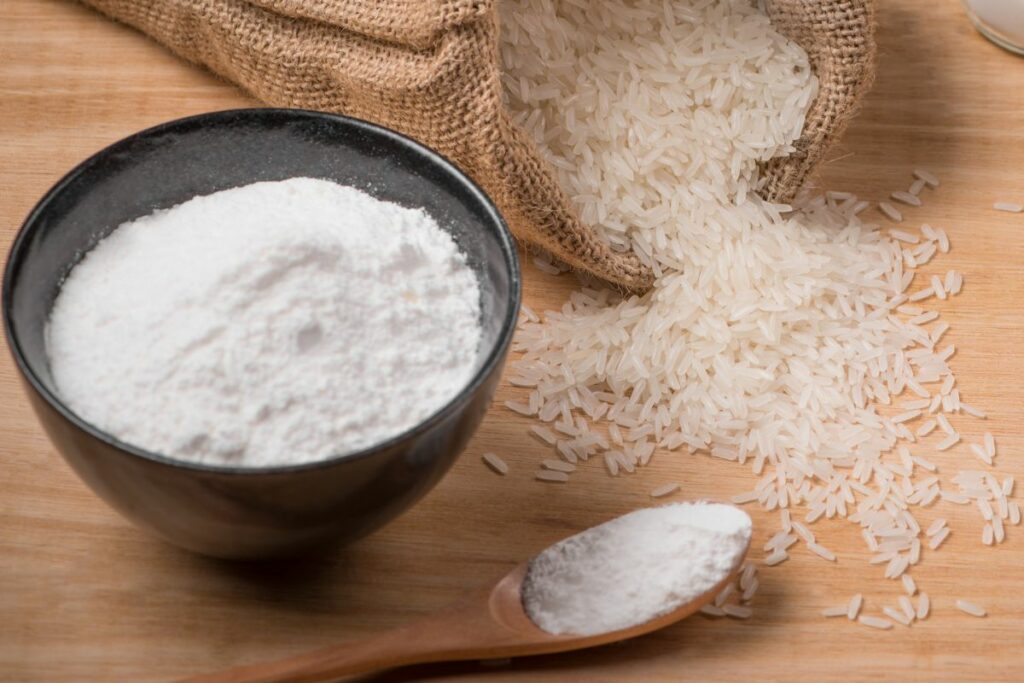Mochiko is a type of sweet rice flour that is commonly used in Japanese cuisine. It is a versatile ingredient that can be used to make a variety of dishes, including mochi, dango, and other traditional sweets. However, it can be difficult to find in some areas, or it may not be suitable for those with dietary restrictions. In such cases, it is useful to know about mochiko substitutes that can be used instead.
There are several mochiko substitutes that can be used in place of traditional sweet rice flour. Some of the most popular options include warabi powder, potato starch, and shiratamako flour. Each of these substitutes has its own unique properties, and the best one to use will depend on the specific recipe and personal preference. With the right substitute, it is possible to create delicious Japanese sweets and other dishes even if traditional mochiko is not available.
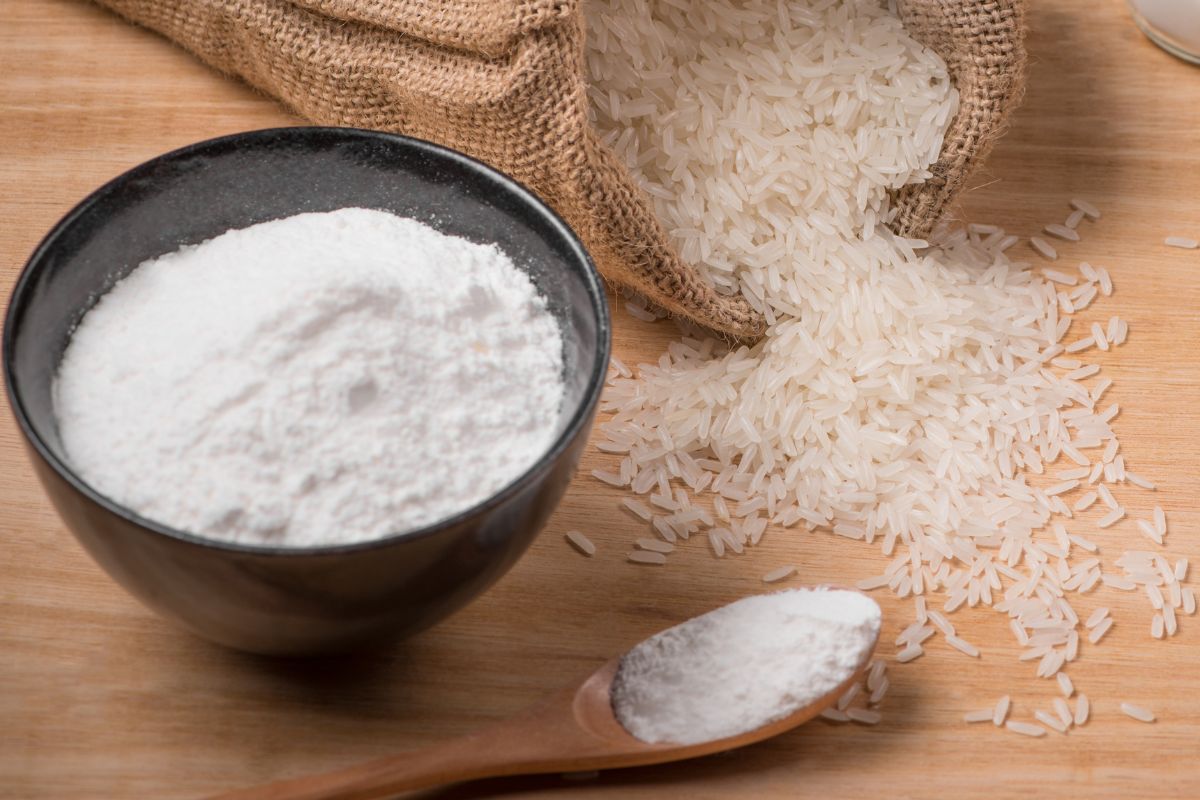
Contents
Understanding Mochiko
What is Mochiko
Mochiko is a type of sweet rice flour that is made from glutinous rice. It is a popular ingredient in many Asian cuisines, especially Japanese and Hawaiian. Mochiko is known for its unique properties that lend a delightful texture to dishes such as mochi and tempura.
Mochiko in Asian Cuisine
Mochiko is a staple ingredient in many Asian cuisines, including Japanese, Chinese, and Korean. In Japanese cuisine, mochiko is used to make mochi, a traditional Japanese sweet made from glutinous rice. It is also used to make other types of Japanese desserts such as daifuku and wagashi.
In Chinese cuisine, mochiko is used to make fried foods such as tempura and crispy chicken. In Korean cuisine, mochiko is used to make tteokbokki, a popular Korean street food.
Mochiko in Japanese Desserts
Mochiko is an indispensable ingredient in Japanese desserts, especially in the making of mochi. Mochi is a traditional Japanese sweet made from glutinous rice that is pounded into a sticky paste and then shaped into various shapes. Mochi is often filled with sweet fillings such as red bean paste, strawberries, or ice cream.
Other Japanese desserts that use mochiko include daifuku, a small round mochi filled with sweetened red bean paste, and wagashi, a type of traditional Japanese confectionery.
Mochiko in Hawaiian Cuisine
Mochiko is also a popular ingredient in Hawaiian cuisine. It is used to make butter mochi, a popular Hawaiian dessert that is similar to Japanese mochi. Butter mochi is a sweet and chewy cake made from mochiko, coconut milk, and butter. It is often served as a dessert or snack in Hawaii.

Mochiko is also used to make mochiko chicken, a popular Hawaiian dish that is made by coating chicken in a mixture of mochiko, cornstarch, and spices and then deep-frying it until crispy.
Overall, mochiko is a versatile ingredient that is used in a variety of dishes across many different cuisines. Its unique properties make it an essential ingredient in many Japanese and Hawaiian desserts, as well as in many Asian fried foods.
Characteristics of Mochiko
Mochiko is a type of rice flour that has been used in Japanese cuisine for centuries. It is made from glutinous short-grain rice, which gives it a distinctive sticky texture and sweet flavor. In this section, we will explore the texture and flavor of mochiko, its health benefits, and how it fits into dietary restrictions.
Texture and Flavor of Mochiko
Mochiko has a soft, chewy texture that is unique to glutinous rice flour. It is often used to make mochi, a traditional Japanese sweet made from pounded rice cakes. The texture of mochiko is what gives mochi its distinctive chewiness.
In terms of flavor, mochiko has a slightly sweet taste that is not overpowering. This makes it a versatile ingredient that can be used in both sweet and savory dishes. Some people describe the flavor of mochiko as nutty or earthy.
Health Benefits of Mochiko
Mochiko is a good source of iron and magnesium, two essential minerals that are important for overall health. Iron is needed to produce hemoglobin, a protein in red blood cells that carries oxygen throughout the body. Magnesium is important for muscle and nerve function, as well as bone health.
Mochiko is also gluten-free, which makes it a good option for people with celiac disease or gluten intolerance. It is also suitable for those following a keto diet, as it is low in carbohydrates.
Mochiko and Dietary Restrictions
Mochiko is a versatile ingredient that can be used in a variety of dishes, including desserts, bread, and noodles. It is a good substitute for wheat flour in gluten-free recipes, and can be used to make a variety of baked goods.
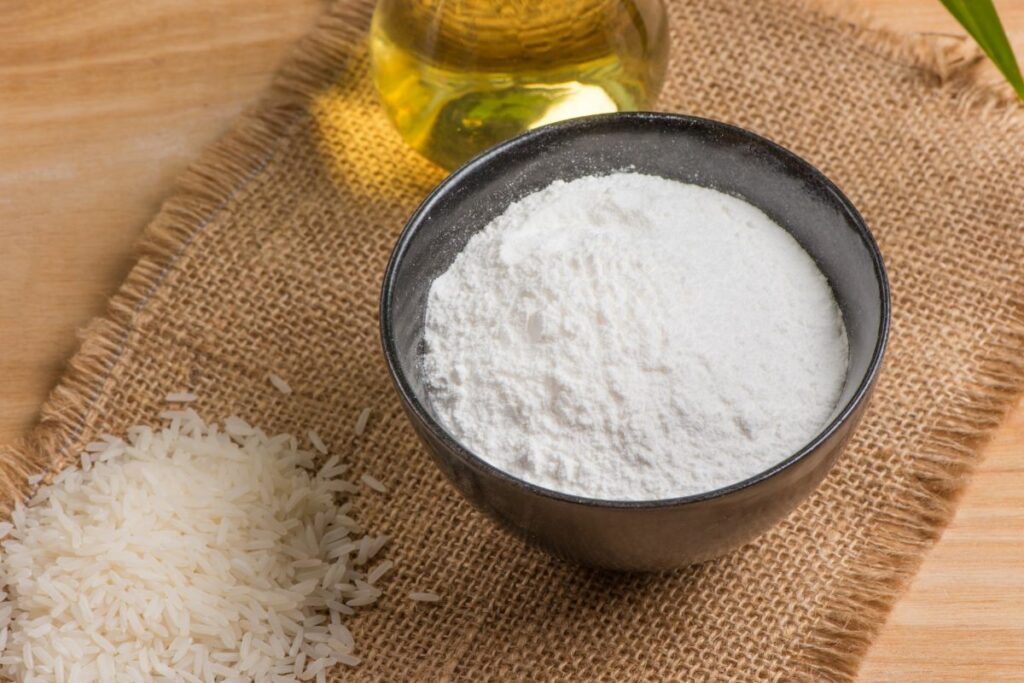
For those with dietary restrictions, mochiko is a great option as it is gluten-free and low in carbohydrates. It is also suitable for those on a keto diet, as it is low in carbs and high in fat.
Overall, mochiko is a versatile and healthy ingredient that can be used in a variety of dishes. Its distinctive texture and flavor make it a popular choice in Japanese cuisine, and its health benefits make it a good choice for those looking to improve their overall health.
Common Uses of Mochiko
Mochiko, also known as sweet rice flour, is a versatile ingredient that is commonly used in both sweet and savory dishes. This gluten-free flour is made from short-grain glutinous rice, and it has a sticky texture that makes it perfect for creating chewy and soft treats. Here are the most common uses of mochiko:
Mochiko in Desserts
Mochiko is a staple ingredient in many traditional Japanese desserts, such as mochi, daifuku, and dango. These sweet treats are made by mixing mochiko with sugar, water, and other ingredients to create a dough-like mixture that is then shaped into small balls or other shapes. Mochiko gives these desserts their signature chewy texture and sweet taste.
Mochiko in Savory Dishes
Mochiko is not just limited to sweet dishes, however. It is also commonly used in savory dishes, such as fried chicken or tempura. Mochiko is often used as a coating for fried foods, as it creates a crispy and crunchy texture. It is also used as a binder in meatballs or as a thickener for soups and sauces.
Mochiko as a Thickening Agent
Mochiko is a great thickener for soups and sauces. It has a neutral flavor, so it won’t overpower the other ingredients in the dish. To use mochiko as a thickener, mix it with water to create a slurry, and then add it to the soup or sauce. Cook for a few minutes until the mixture thickens.
Overall, mochiko is a versatile ingredient that can be used in a variety of dishes. Whether you are making sweet treats or savory dishes, mochiko can add a unique texture and flavor to your creations.
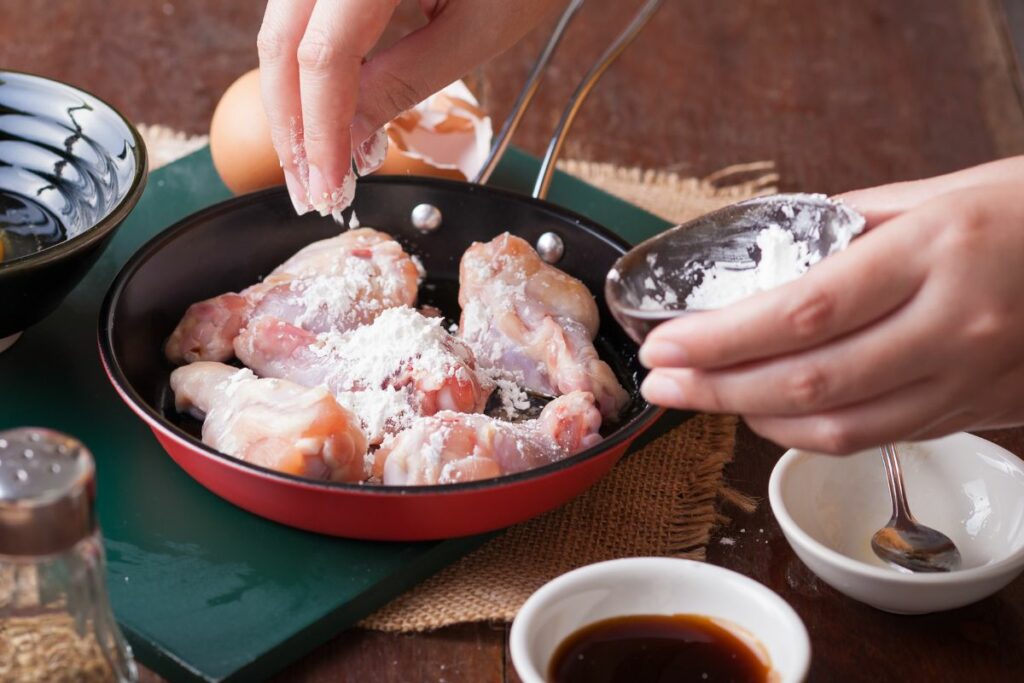
Mochiko Vs Other Flours
When it comes to making Japanese sweets, mochiko is a popular ingredient. However, if you can’t find it, there are several substitutes that you can use. In this section, we’ll compare mochiko with other flours to help you decide which one to use.
Mochiko Vs Shiratamako
Shiratamako is another type of Japanese rice flour that is often used in making sweets. While both mochiko and shiratamako are made from glutinous rice, shiratamako is slightly stickier and has a smoother texture. It is also more expensive than mochiko.
Mochiko Vs Joshinko
Joshinko is a type of rice flour that is commonly used in making Japanese sweets. While it is similar to mochiko, it has a slightly different texture and is made from a different type of rice. Joshinko has a slightly nuttier flavor than mochiko and is often used in making dango (sweet rice dumplings).
Mochiko Vs Regular Rice Flour
Regular rice flour is made from long-grain rice and has a lighter texture than mochiko. While it can be used as a substitute for mochiko, the texture of the final product may be slightly different. Regular rice flour is also less expensive than mochiko.
Mochiko Vs All-Purpose Flour
All-purpose flour is a versatile flour that can be used in a variety of recipes. While it can be used as a substitute for mochiko, the texture of the final product may be significantly different. All-purpose flour is also less expensive than mochiko, but it may not be the best choice if you want to achieve a traditional Japanese flavor.
In summary, while mochiko is the preferred flour for making Japanese sweets, there are several substitutes that you can use. Shiratamako and joshinko are similar to mochiko and are often used in making Japanese sweets. Regular rice flour and all-purpose flour can be used as substitutes, but the texture and flavor of the final product may be different.
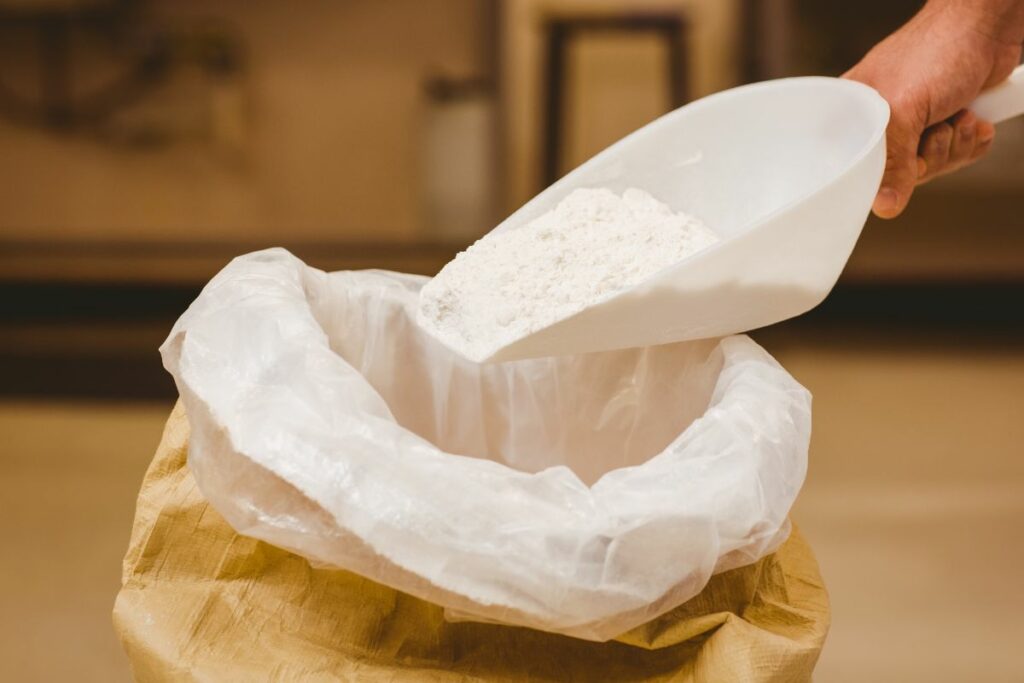
Substitutes for Mochiko
When making Japanese sweets, Mochiko is a necessary ingredient. However, if you cannot find Mochiko in your local grocery store, there are several substitutes you can use. Here are some of the best substitutes for Mochiko:
Potato Starch as a Substitute
Potato starch is a great substitute for Mochiko. It has a similar texture and is also gluten-free. When using potato starch as a substitute for Mochiko, use a 1:1 ratio.
Tapioca Flour as a Substitute
Tapioca flour, also known as tapioca starch, is another great substitute for Mochiko. It has a similar texture and is also gluten-free. When using tapioca flour as a substitute for Mochiko, use a 1:1 ratio.
Sweet Rice Flour as a Substitute
Sweet rice flour, also known as glutinous rice flour, is a popular substitute for Mochiko. It has a similar texture and is also gluten-free. When using sweet rice flour as a substitute for Mochiko, use a 1:1 ratio.
Glutinous Rice Flour as a Substitute
Glutinous rice flour, also known as sweet rice flour, is another popular substitute for Mochiko. It has a similar texture and is also gluten-free. When using glutinous rice flour as a substitute for Mochiko, use a 1:1 ratio.
Cornstarch as a Substitute
Cornstarch is a readily available substitute for Mochiko. However, it has a different texture and taste. When using cornstarch as a substitute for Mochiko, use a 1:2 ratio (1 part cornstarch to 2 parts water).
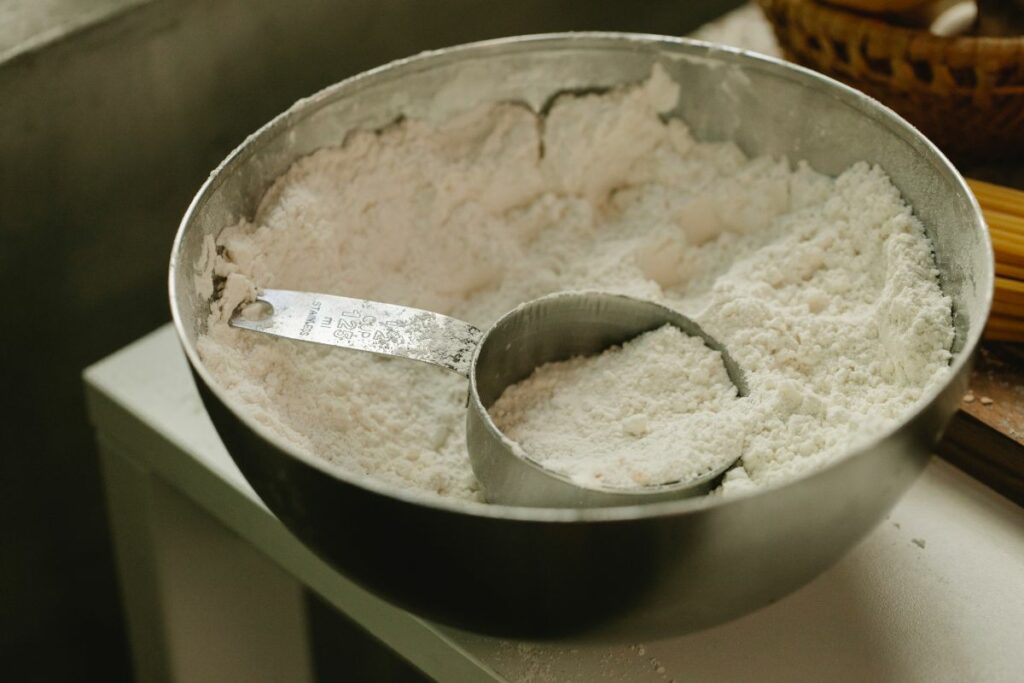
Rice Flour as a Substitute
Rice flour is another substitute for Mochiko. However, it has a different texture and taste. When using rice flour as a substitute for Mochiko, use a 1:1 ratio.
Overall, the best substitutes for Mochiko are potato starch, tapioca flour, sweet rice flour, and glutinous rice flour. When using any of these substitutes, make sure to use a 1:1 ratio. If you are using cornstarch, use a 1:2 ratio.
Baking with Mochiko Substitutes
If you’re looking for gluten-free baking options or just want to try something new, there are several substitutes for mochiko flour that you can use. Here are some tips for baking with mochiko substitutes, as well as some recipes to try.
Gluten-Free Baking with Mochiko Substitutes
Mochiko flour is naturally gluten-free, but if you don’t have any on hand or want to try something different, there are several substitutes you can use. Some of the best options include:
- Sweet rice flour: This flour is very similar in texture and flavor to mochiko flour and can be used in equal amounts in most recipes.
- Potato starch: Another great option, potato starch can be found in most supermarkets and Asian grocers and can be used in equal amounts to replace mochiko flour.
- Tapioca flour: This flour is made from cassava root and has a similar texture to mochiko flour. It can be used in equal amounts in most recipes.
When baking with mochiko substitutes, keep in mind that the texture and flavor may be slightly different than using mochiko flour. It may take some experimentation to find the right substitute for your recipe.
Making Mochi with Mochiko Substitutes
Mochi is a traditional Japanese dessert made from mochiko flour. If you don’t have any mochiko flour on hand, you can use one of the substitutes listed above to make mochi. Here’s a recipe to try:
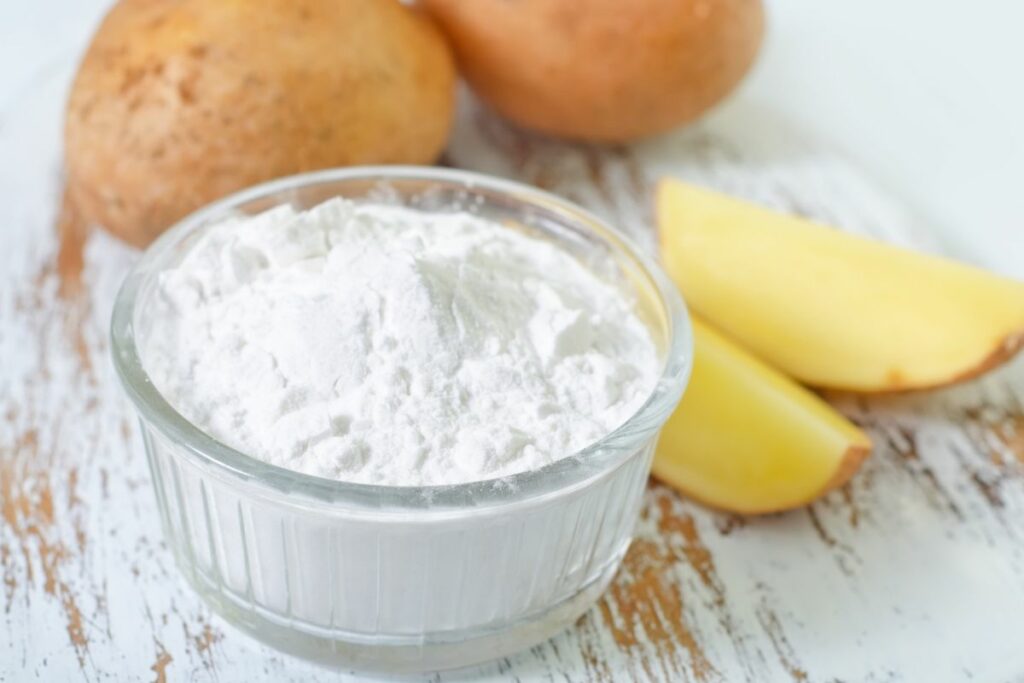
Sweet Rice Flour Mochi
- 1 cup sweet rice flour
- 1/4 cup sugar
- 3/4 cup water
- Potato starch or cornstarch for dusting
- In a microwave-safe bowl, mix together the sweet rice flour and sugar.
- Add the water and mix until smooth.
- Cover the bowl with plastic wrap and microwave on high for 2 minutes.
- Remove from the microwave and stir the mixture until smooth.
- Cover the bowl and microwave for another 1-2 minutes, until the mixture is thick and sticky.
- Dust a work surface with potato starch or cornstarch.
- Turn the mochi out onto the work surface and knead until smooth.
- Roll the mochi into small balls or cut into shapes.
Making Dango with Mochiko Substitutes
Dango is a type of Japanese dumpling made from mochiko flour. If you don’t have any mochiko flour on hand, you can use one of the substitutes listed above to make dango. Here’s a recipe to try:
Tapioca Flour Dango
- 1 cup tapioca flour
- 1/4 cup sugar
- 3/4 cup water
- Food coloring (optional)
- In a bowl, mix together the tapioca flour and sugar.
- Add the water and mix until smooth.
- If desired, add a few drops of food coloring and mix until the color is even.
- Roll the dough into small balls.
- Bring a pot of water to a boil.
- Add the dango balls to the boiling water and cook until they float to the surface.
- Remove the dango balls from the water and serve with your favorite dipping sauce.
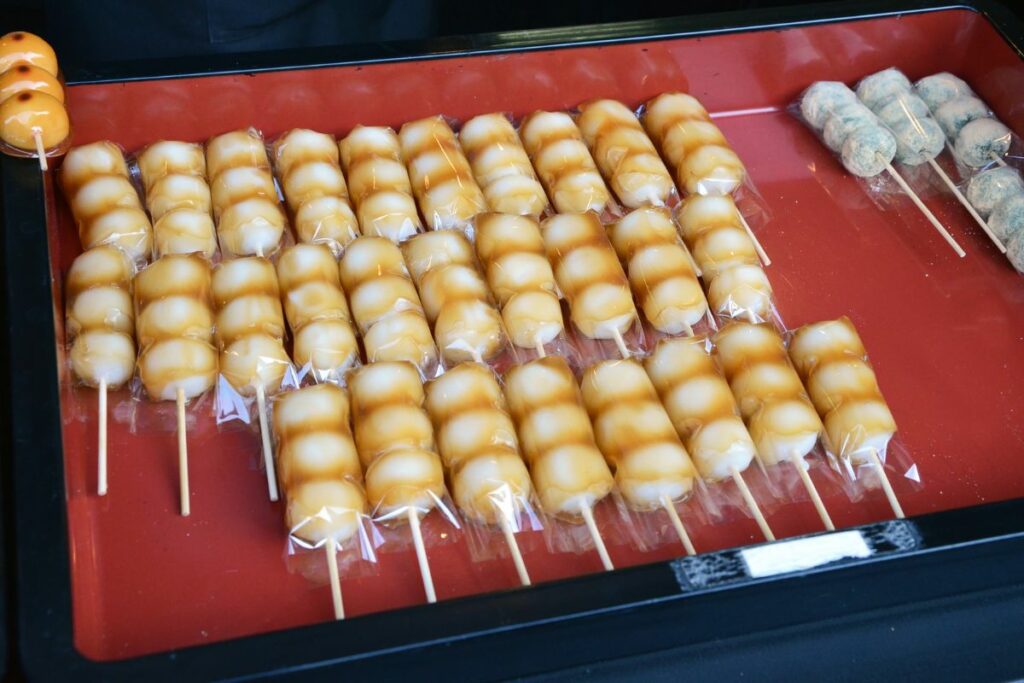
When making dango with mochiko substitutes, keep in mind that the texture and flavor may be slightly different than using mochiko flour. It may take some experimentation to find the right substitute for your recipe.
Cooking with Mochiko Substitutes
Mochiko flour is a type of rice flour that is commonly used in Japanese cuisine to make mochi, dumplings, and other treats. However, if you don’t have mochiko flour on hand or have a gluten intolerance, there are several substitutes that you can use. In this section, we will explore some of the best substitutes for mochiko flour and how to use them in various dishes.
Mochiko Chicken with Mochiko Substitutes
Mochiko chicken is a popular dish in Hawaiian cuisine that uses mochiko flour to create a crispy coating on the chicken. However, you can use any of the following substitutes in place of mochiko flour to make this dish:
- Potato starch
- Cornstarch
- Tapioca flour
To make the coating, mix the substitute flour with sugar, soy sauce, ginger, and garlic. Dip the chicken pieces in the mixture and fry until golden brown. Serve with rice and vegetables for a delicious meal.
Soups and Sauces with Mochiko Substitutes
Mochiko flour is often used as a thickener in soups and sauces. If you don’t have any on hand, you can substitute it with any of the following:
- Cornstarch
- Arrowroot powder
- Potato starch
To use these substitutes, mix them with cold water to create a slurry. Then, add the slurry to the soup or sauce and cook until it thickens to your desired consistency.

Dumplings with Mochiko Substitutes
Mochi dumplings are a popular Japanese treat that is made with mochiko flour. However, you can use any of the following substitutes to make these dumplings:
- Sweet rice flour
- Shiratamako flour
- Cassava flour
To make the dumplings, mix the substitute flour with water and knead until it becomes a smooth dough. Roll the dough into small balls and cook in boiling water until they float to the surface.
In conclusion, there are several substitutes for mochiko flour that you can use in various dishes. Whether you’re making mochiko chicken, thickening a soup, or making dumplings, these substitutes will provide similar results to mochiko flour.
